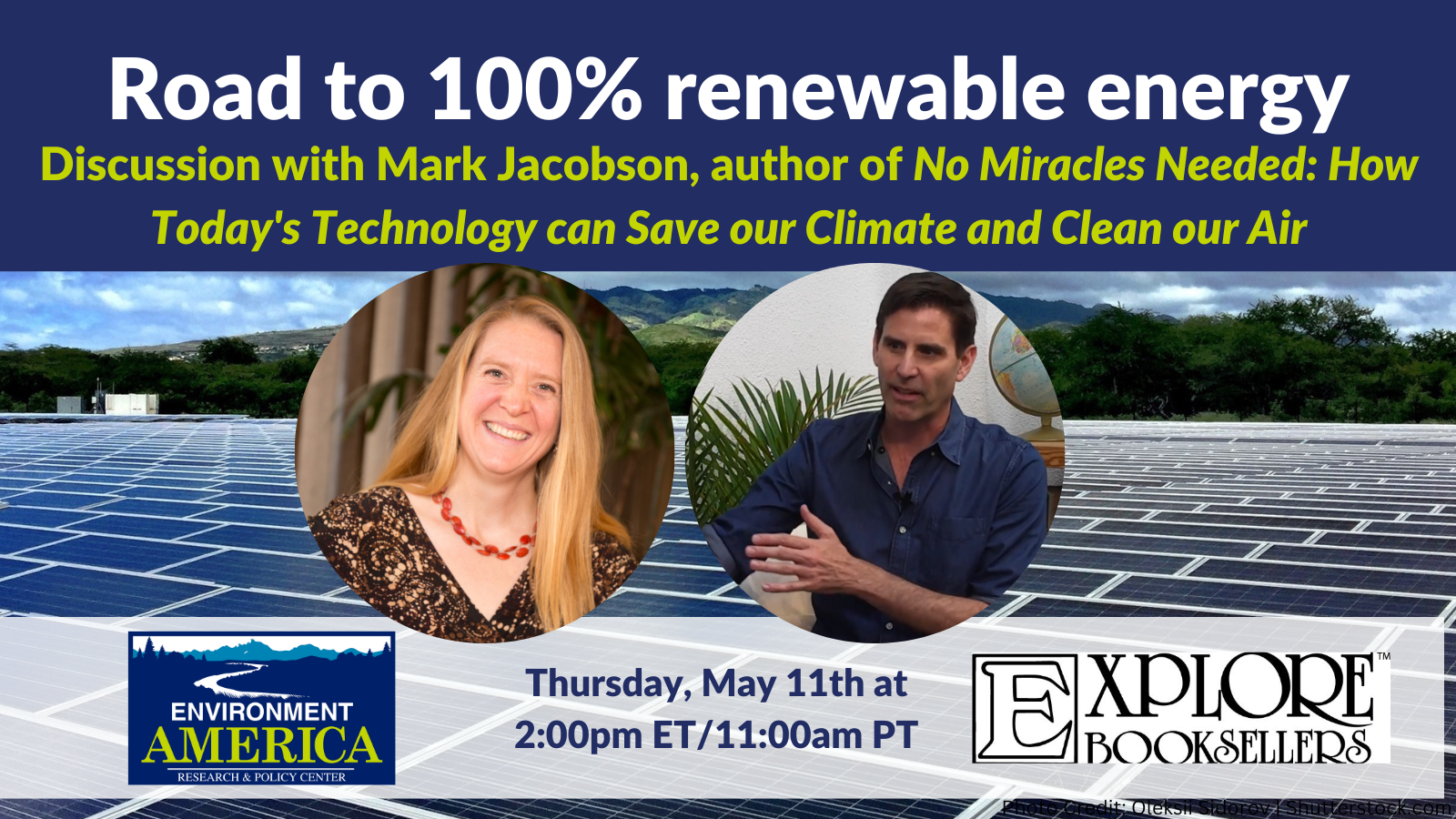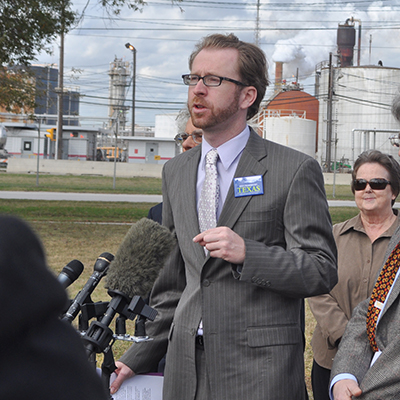
Carbon dioxide removal: The right thing at the wrong time?
We can’t keep digging up and reburying carbon in the ground in a perpetual cycle. Carbon dioxide removal may someday be needed, but it shouldn't be a priority now.
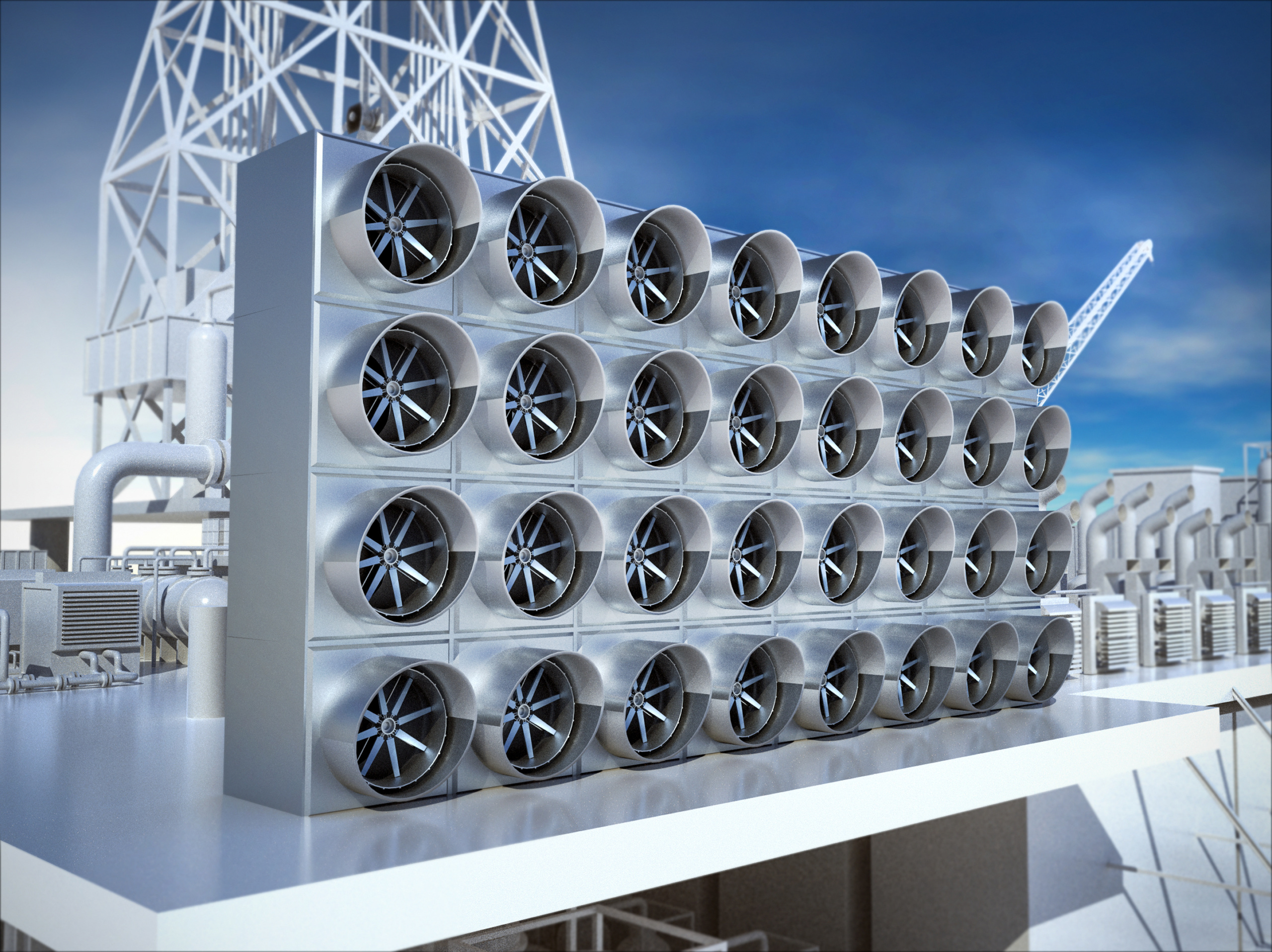
Frontier Group intern Brian Ly contributed to this article.
Timing is everything.
A catchy song, a beautiful dance, the preparation of a good meal – so many of the best things in life require not just doing the right things, but doing them at the right time, in the right order. Even the best-struck notes or the finest ingredients can ruin the larger whole if they are added a little too soon or a little too late.
The same is true of decarbonizing the economy. It’s a delicate operation. While there are many actions we can take to reduce greenhouse gas emissions that are unambiguously beneficial anytime, others are much more reliant on good timing. Doing what seem to be the right things in the wrong order can make it harder to achieve the overall goal. In some cases, it can even set us back.
We may be heading toward a “right thing at the wrong time” moment with technologies that remove carbon dioxide from the air and store it underground.
In August 2023, the Department of Energy (DOE) announced a big investment in removing carbon from the atmosphere by handing out up to $1.2 billion towards the construction of two direct air capture (DAC) facilities – one in Texas, and another in Louisiana. This is part of a larger $3.5 billion package for carbon removal from the Bipartisan Infrastructure Law, from which two additional grant recipients are expected to be announced in 2024. On top of these funds, the federal government also offers $180 in tax incentives for every metric ton of carbon dioxide collected from the atmosphere and permanently stored.
The Intergovernmental Panel on Climate Change (IPCC) has contended that carbon removal is essential to meet the goal of net-zero greenhouse gas emissions – a goal that must be met to ensure a livable climate for the future. But while the world will almost certainly need to do some carbon removal eventually, a large-scale rollout of carbon removal may not be the right move right now … or for the foreseeable future.
What is direct air capture?
On the surface, direct air capture (DAC) seems like magic. DAC plants suck in large amounts of air and use chemical reactions to capture carbon dioxide, which can then be stored underground or incorporated into materials like cement. The technology can work, but its costs in money and energy are steep.
Despite massive investments in research, DAC is still a highly inefficient way to cut carbon pollution. Carbon Engineering, one of the partners in the south Texas project, estimated that, if powered by natural gas, its system would require 8.81 gigajoules (GJ) of energy for every ton of carbon dioxide removed. [1] Converting that figure to therms of natural gas and then to carbon dioxide emissions, burning that amount of gas would produce 442 kg of CO2, rendering the DAC facility only 56 percent efficient in removing greenhouse gases from the atmosphere. Even facilities that run on zero-carbon energy, such as Climeworks’ geothermal-powered Orca plant in Iceland, still incur carbon costs from their construction as well as the loss of some captured carbon dioxide to the atmosphere. Carbon cycle feedbacks could reduce the efficiency of carbon removal even further, as would using the captured carbon dioxide to pull more oil from the ground.
We could achieve better results – at least in theory – by powering DAC with clean renewable energy. Unfortunately, according to the Environmental Protection Agency (EPA), the electric grid region that contains most of Louisiana derives less than 1% of its total energy usage from solar and wind power, combined. Even in Texas, which has much more renewable energy on the grid, the renewable electricity used to power DAC could do nearly as much to address climate change in the short run by replacing dirty power on the grid. At 2,400 kilowatt-hours (kWh) of electricity per ton of carbon dioxide removed, using the same energy to replace the average source of power generation on the Texas grid would avoid the release of 0.89 metric tons of carbon dioxide.
A costly way to address climate change
Using renewable energy to decarbonize the grid would also cut emissions much, much more cheaply than using that same electricity to power DAC. Assuming a net efficiency of 56% (that is, “spending” 0.56 tons of carbon dioxide to store 1 ton of it), the $180 per metric ton of carbon dioxide incentive to capture and store carbon translates into $321/net metric ton of carbon dioxide removed from the atmosphere. According to estimates from the Environmental Defense Fund, nearly every way you could possibly think of to reduce climate emissions, including rolling out more wind and solar power, is cheaper – and often dramatically cheaper – than that. And that doesn’t take into account the $1.2 billion upfront incentive for these two plants. Applying the same amount of funding to other forms of carbon reduction would deliver bigger results, faster than spending it on DAC.
On top of all this, the previous history of federally supported carbon capture projects is checkered. President Barack Obama’s 2009 American Recovery and Reinvestment Act committed $3.4 billion to support carbon capture, a technology similar to DAC that instead obtains carbon dioxide by trapping emissions directly from smokestacks in power plants. A 2022 analysis revealed that the Department of Energy invested a total of $1.1 billion across 11 large-scale projects across the country. Out of those projects, seven never got off the ground, two closed down because of technical and financial setbacks, and only two remained operational. (The Petra Nova facility in Texas, which had closed in 2020, resumed operations in September 2023.)
Finally, there remains the issue of scale. Currently, the largest DAC facility is located in Iceland, where it captures only 4,000 tons of carbon dioxide every year. Cumulatively, all existing facilities remove about 11,000 tons of carbon dioxide annually – the equivalent of a few seconds of the world’s total emissions of 36.8 gigatons in 2022. It is estimated that in order to offset the world’s yearly emissions, carbon removal by DAC alone would require roughly the same amount of energy as the world consumed in 2020, even after discounting the energy required to transport and store the gas.
If our goal is to reduce the amount of carbon in the atmosphere in the next five to 10 years – a critical period for preventing the worst impacts of climate change – DAC is one of the most expensive, least impactful and most difficult-to-scale ways of doing it. Instead, we should focus our resources on phasing out fossil fuels, which will not only deliver more emission reductions faster and cheaper, but also make technologies like DAC more efficient and effective in the long run by expanding the supply of clean energy that can be used to power them. By dramatically reducing emissions now, we can reduce the amount of carbon in the atmosphere that we will need to clean up later on.
We can’t keep digging up and reburying carbon in the ground in a perpetual cycle. Instead, we need to prioritize reliable and reasonable investments in clean energy to help communities decarbonize.
For now, direct air capture remains expensive and inefficient – it may eventually turn out to be the “right” technology to restore balance to the climate after the world has slashed greenhouse gas emissions to near-zero, but now is the wrong time to deploy it at any significant scale. Continued research, development and demonstration now can help to ensure that DAC is available and ready to scale when we need it. But our focus now should remain on one clear goal: cutting greenhouse gas emissions as quickly as we can.
[1] Alternatively, the system could use 5.25 GJ of natural gas and 366 kWh of electricity per ton of carbon dioxide captured.
Topics
Authors
Tony Dutzik
Associate Director and Senior Policy Analyst, Frontier Group
Tony Dutzik is associate director and senior policy analyst with Frontier Group. His research and ideas on climate, energy and transportation policy have helped shape public policy debates across the U.S., and have earned coverage in media outlets from the New York Times to National Public Radio. A former journalist, Tony lives and works in Boston.
Luke Metzger
Executive Director, Environment Texas
As the executive director of Environment Texas, Luke is a leading voice in the state for clean air and water, parks and wildlife, and a livable climate. Luke recently led the successful campaign to get the Texas Legislature and voters to invest $1 billion to buy land for new state parks. He also helped win permanent protection for the Christmas Mountains of Big Bend; helped compel Exxon, Shell and Chevron Phillips to cut air pollution at four Texas refineries and chemical plants; and got the Austin and Houston school districts to install filters on water fountains to protect children from lead in drinking water. The San Antonio Current has called Luke "long one of the most energetic and dedicated defenders of environmental issues in the state." He has been named one of the "Top Lobbyists for Causes" by Capitol Inside, received the President's Award from the Texas Recreation and Parks Society for his work to protect Texas parks. He is a board member of the Clean Air Force of Central Texas and an advisory board member of the Texas Tech University Masters of Public Administration program. Luke, his wife, son and daughters are working to visit every state park in Texas.
Find Out More

Five key takeaways from the 5th National Climate Assessment
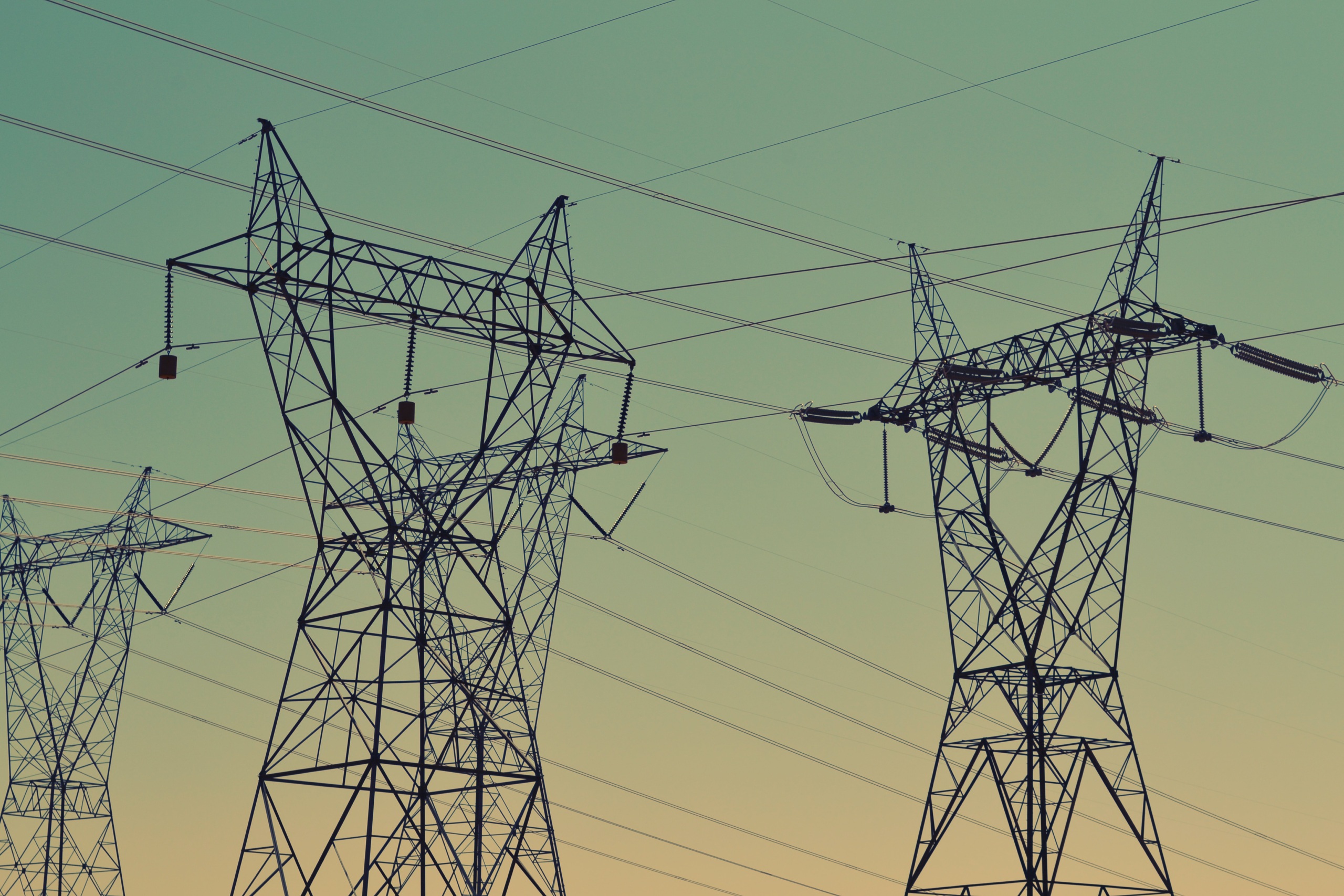
Fact file: Computing is using more energy than ever.
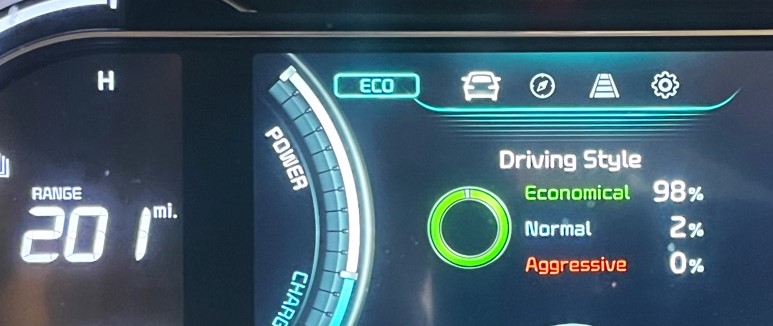
Electric vehicles are good. We can make them better.
